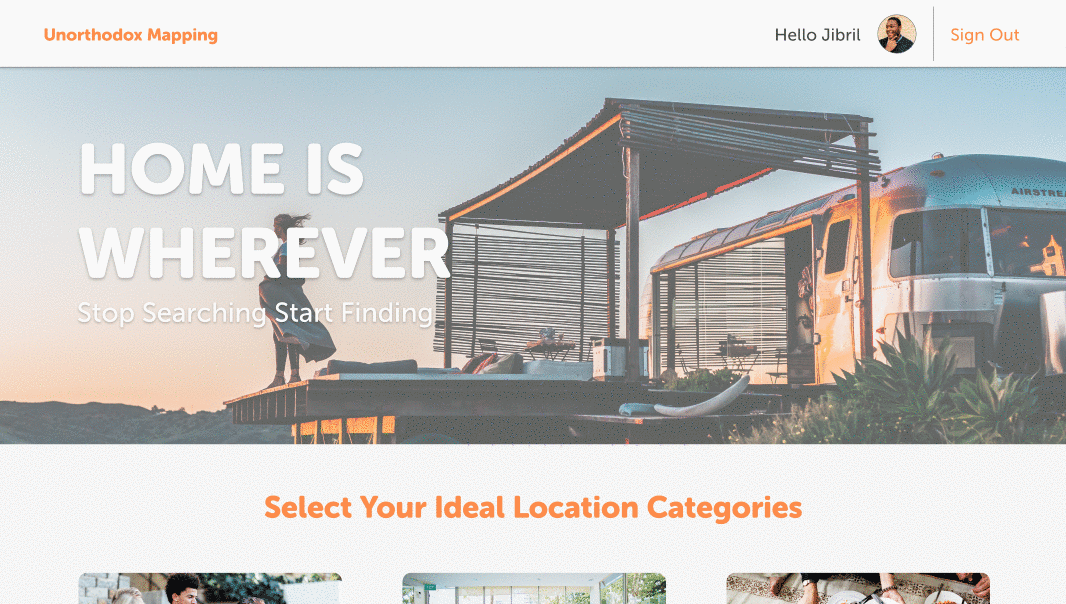Unorthodox Mapping
Mapping the city of Dallas to find the optimal place to live.
The Background:
During the Fall 2018 Semester, my second normal term at the University of Texas at Dallas, i applied for and was accepted to become an officer of the ACM Projects chapter. ACM Projects was a great learning experience for me as a competitor, but I was new to being in a position of authority in a group coding environment. Besides interviewing dozens of candidates, I was responsible for coming up with an idea to be implemented over the semester, choosing my team, and
The Idea:
Merge GIS and Computer Science to prototype a website to find the best place to live based on the users criteria. This might include proximity to public parks or swimming pools, how many vegan restaurants are nearby, or anything else. The idea was to build a concept website that could leverage the power of open sourced geo-spatial data to find the best neighborhood to live in.
The Process:
This was my first time leading a group, so I made sure I used the best Agile practices that I had learned through my previous experience at ACM Projects, and through my “Software Engineering” coursework which covered a lot of best collaborative practices. We met at least once a week, often more, and had stand-ups so we knew what the others were working on.
We also had a mentor from AT&T meet with us every week. She was an expert in Angular front-end development, and helped the members interested in front end development to prototype what the website would look like.

I also taught all the team members how to use geographical data, and how to process it used the open-source software “QGis”. In the MVP, we could create layers to indicate ranges near or away from certain things, and lay them on top of one another. By the end of the semester our maps looked like this:

When the semester ended, each group was responsible for presenting the work that they had accomplished to a panel of experts: professors, AT&T representatives, and entrepreneurs. Our group, while previously inexperienced in public speaking, did an excellent job of showing our MVP as shown below.

Conclusions
This project lasted the course of an entire semester, and taught me ways to improve my leadership skills. I learned the details and complexity of being a SCRUM master and product owner, in addition to the difficulty in teaching new concepts to inexperienced developers. I’m happy with the way the MVP turned out, and I still believe that this concept could turn into a viable start-up.